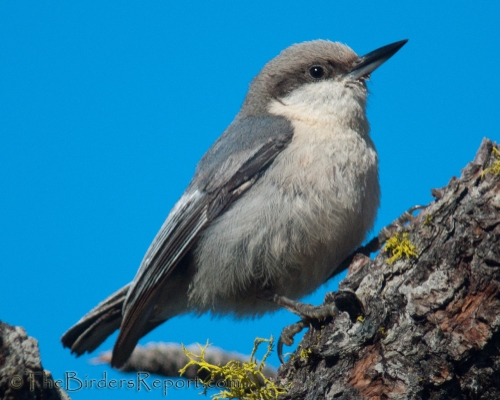
Pygmy Nuthatch photos by Larry Jordan
I enjoyed our annual Audubon outing at Lassen Volcanic National Park this last weekend. The first spot I went to check out was at Manzanita Lake where we saw a nesting Pygmy Nuthatch back in 2008. The snag occupied for the past two years was vacant but just across the trail, about thirty feet away, was another snag with several holes, one of which was occupied by a pair of Pygmy Nuthatches.
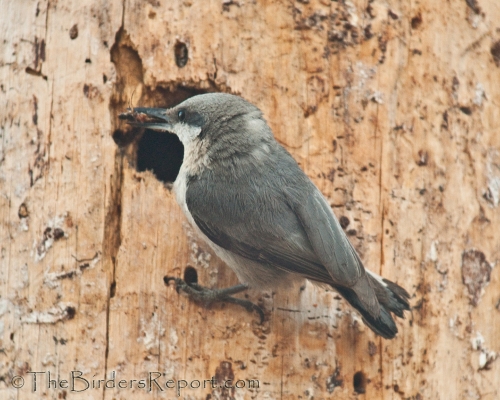
The Pygmy Nuthatch is a non-migratory bird that lives primarily in Ponderosa and Jeffrey Pine forests. These adult nuthatches were bringing food this early morning, shortly after sunrise, about every five minutes. They would bring an insect, sometimes stop briefly at the entrance, then go inside and peek out the entrance with the insect still in their beaks.
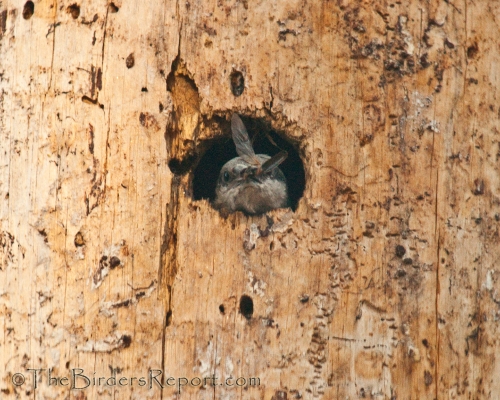
Many times the adult would come back out carrying a fecal sac
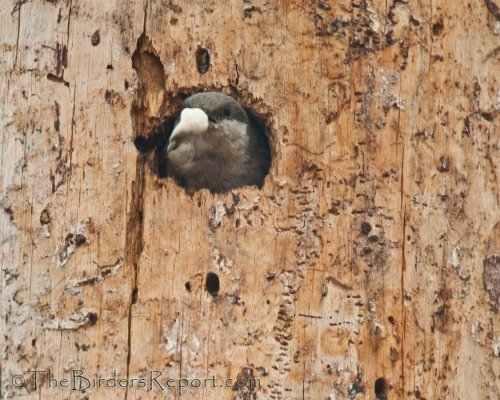
This is a common practice of cavity nesting birds and many passerines to keep the nest clean. The fecal sac is a mucous membrane, generally white or clear with a dark end, that surrounds the feces. The nestling usually produces a fecal sac within seconds of being fed and the adult bird takes it from the nest and discards it some distance away.
One of the interesting facts I learned while researching the Pygmy Nuthatch on Birds of North America Online is that they don’t drop their fecal sacs but deposit them on a high limb, wipe their bill, then rap vigorously on the limb. I didn’t know this at the time I took these photos so I didn’t observe this behavior.
I did notice that the nestlings were being fed, as I said, about every five minutes, sometimes with both adults returning to the nest with food at the same time.
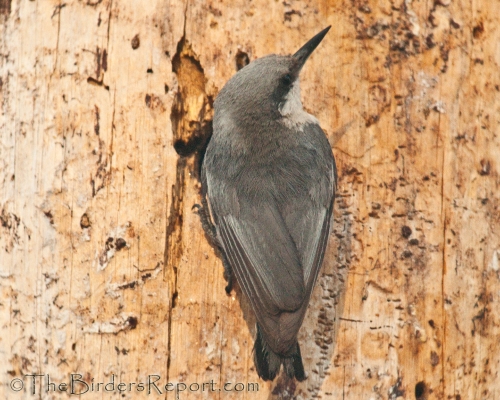
Little did I know that the Pygmy Nuthatch is one of the few cooperatively breeding passerines in North America and that a third of the breeding pairs have 1–3 male helpers, usually progeny or other relatives. These helpers feed incubating females, nestlings, and fledglings and participate in defense of the nest site1.
This little guy stuck its head out of the nest after feeding the nestlings and posed for quite some time, allowing me to get some good expressive photographs as the sun began to shine in on the snag entrance. He or she then flew up to a sunny branch above the cavity entrance where I took the opening photo.
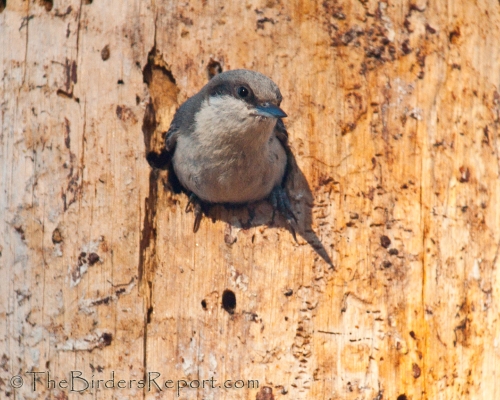
More information on this very intersting species:
“The Pygmy Nuthatch roosts in cavities, which it selects depending on season and weather. It picks roosts based on insulation and ventilation provided by roost cavities and relies on hypothermia to survive cold winter nights. Although a few other North American birds are capable of controlled hypothermia, only the Pygmy Nuthatch links hypothermia with protected roost sites and communalism.
Pairs roost together; juveniles roost with parents, and collectives of several flocks roost together. Stacks of 6, 8, and 10 birds, and more, roost together in formations of squares, oblongs, triangles, diamonds, wedges, and tiers. Two articles report more than 150 individuals roosting in one tree.”2
I will be writing on more of the birds of Lassen Volcanic National Park coming up as we counted 60 species during our two day outing! In the meantime, go check out more great bird photos at Bird Photography Weekly!
References: 1, 2 Birds of North America Online
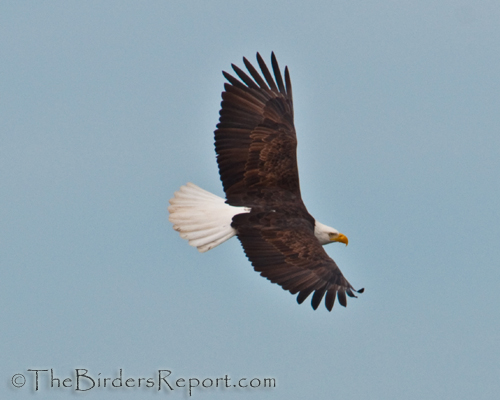

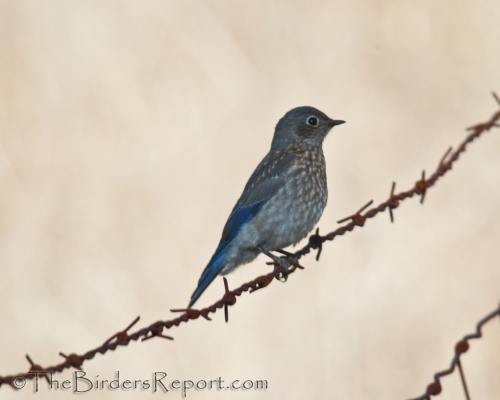
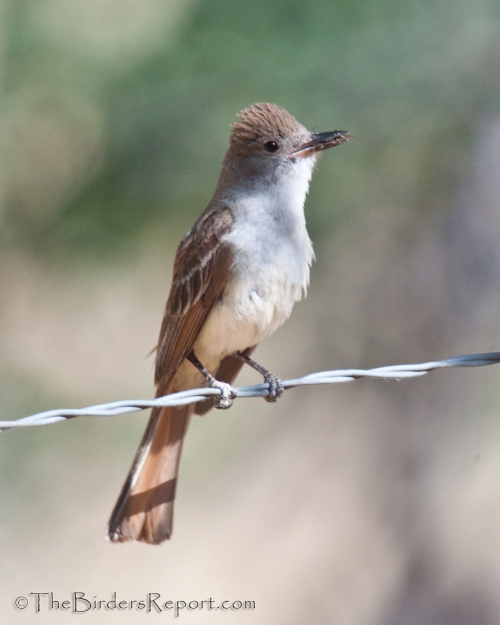
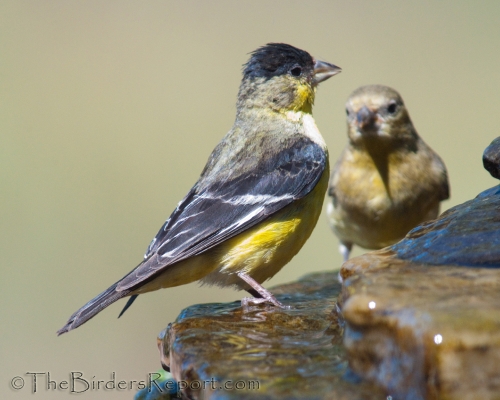
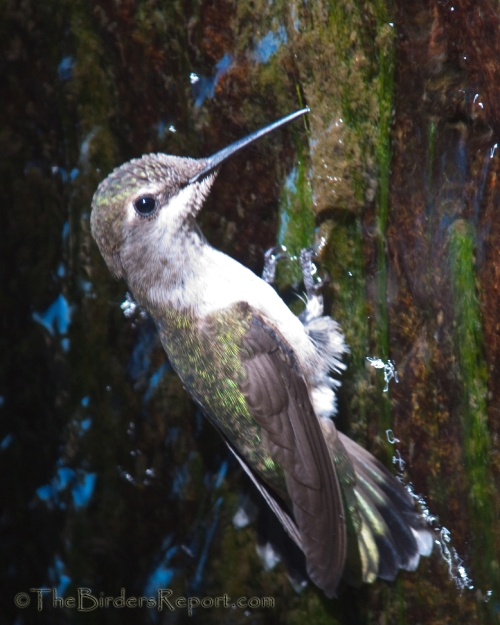
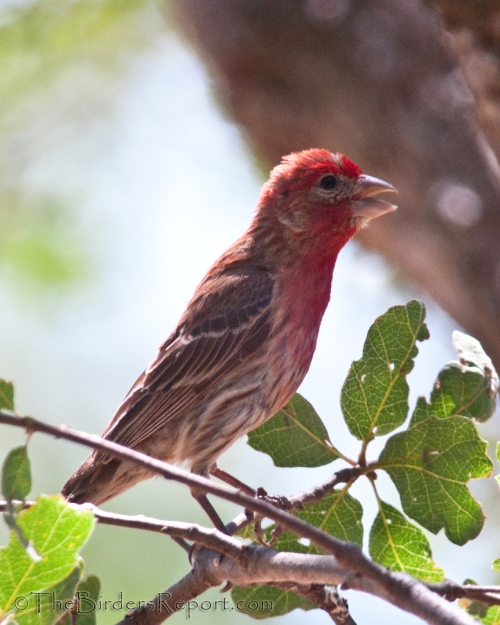
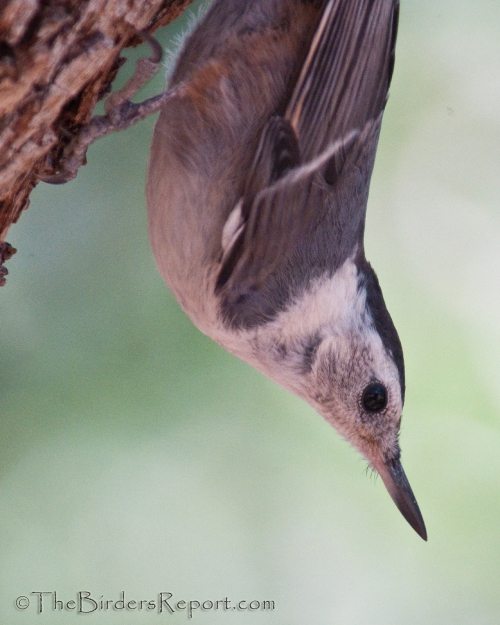
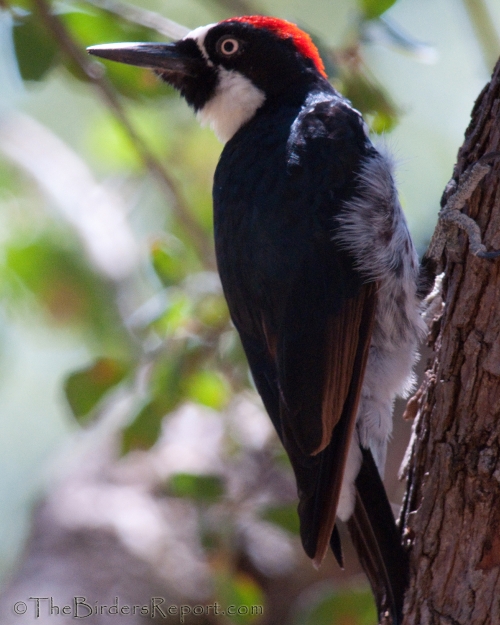






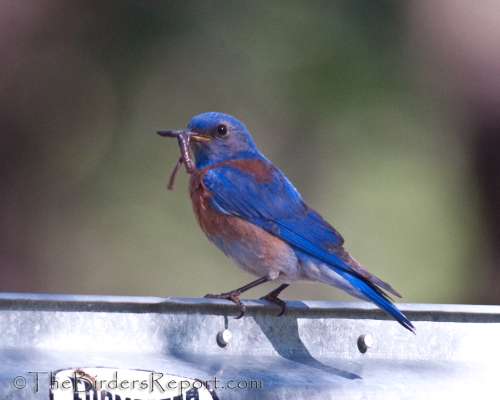
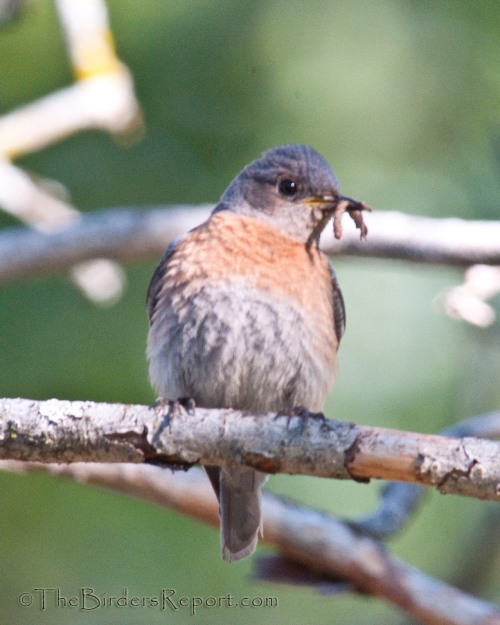
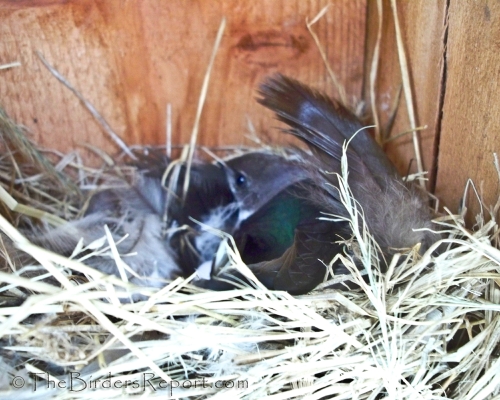
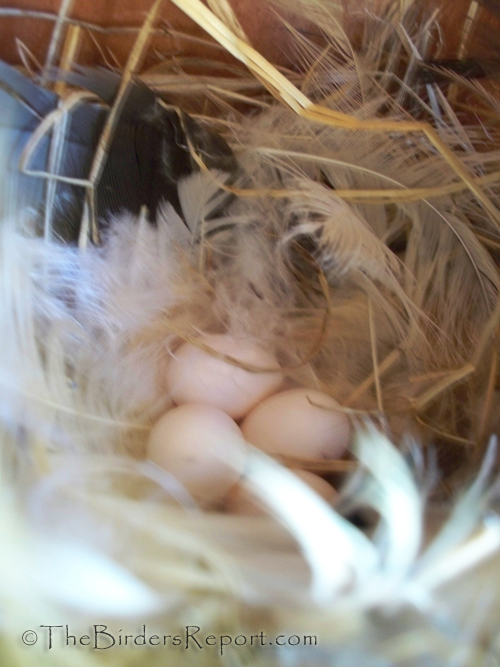
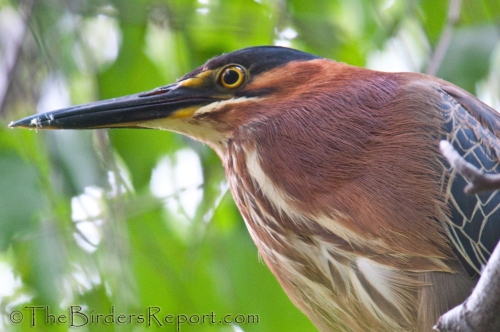
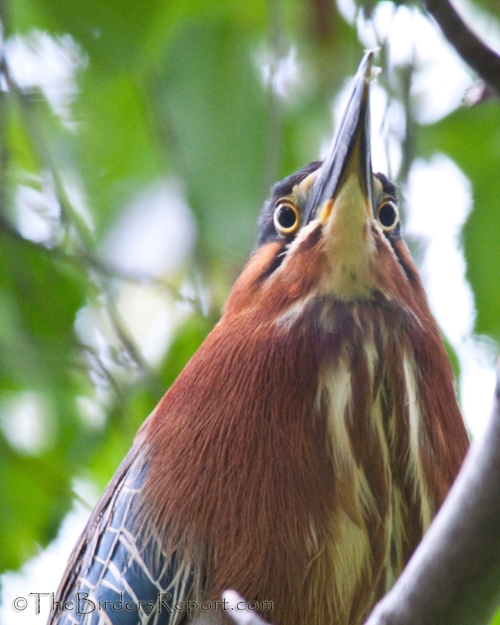
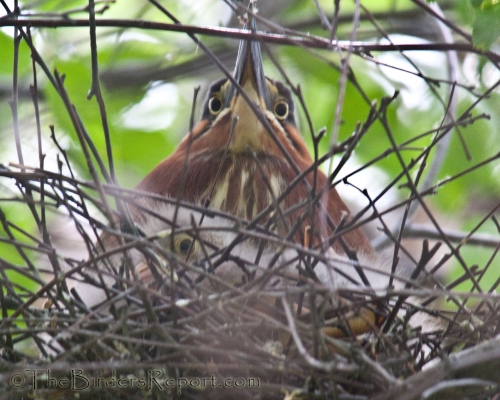
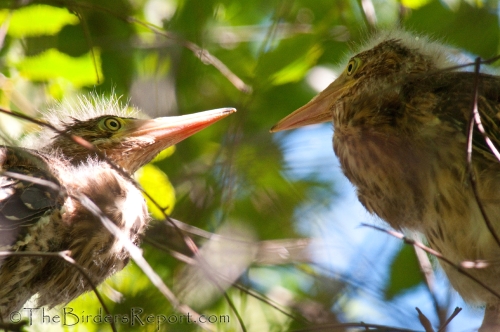
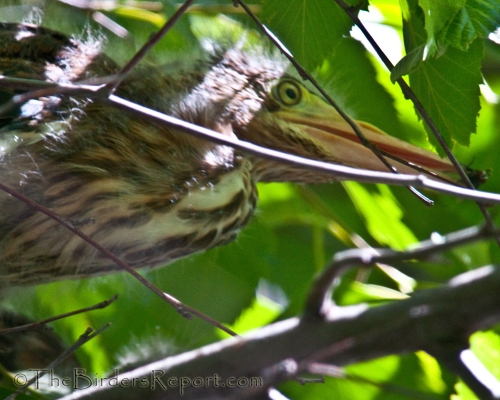
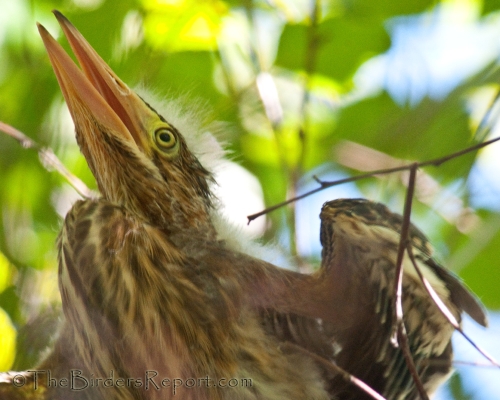
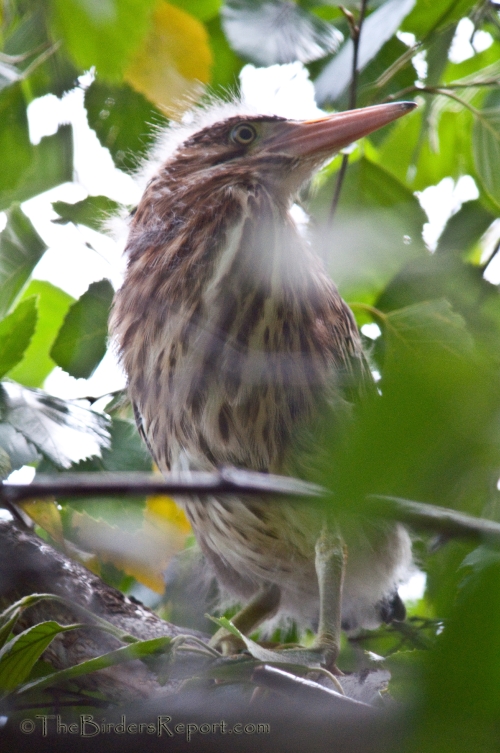
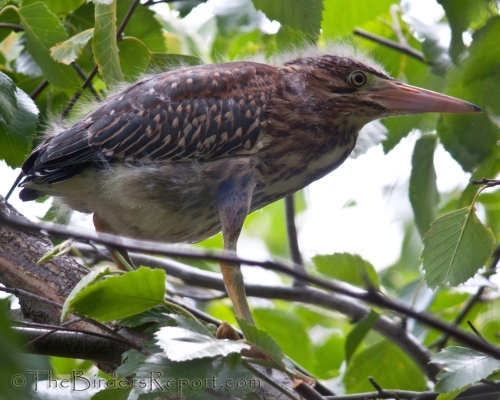



Social Media Connect